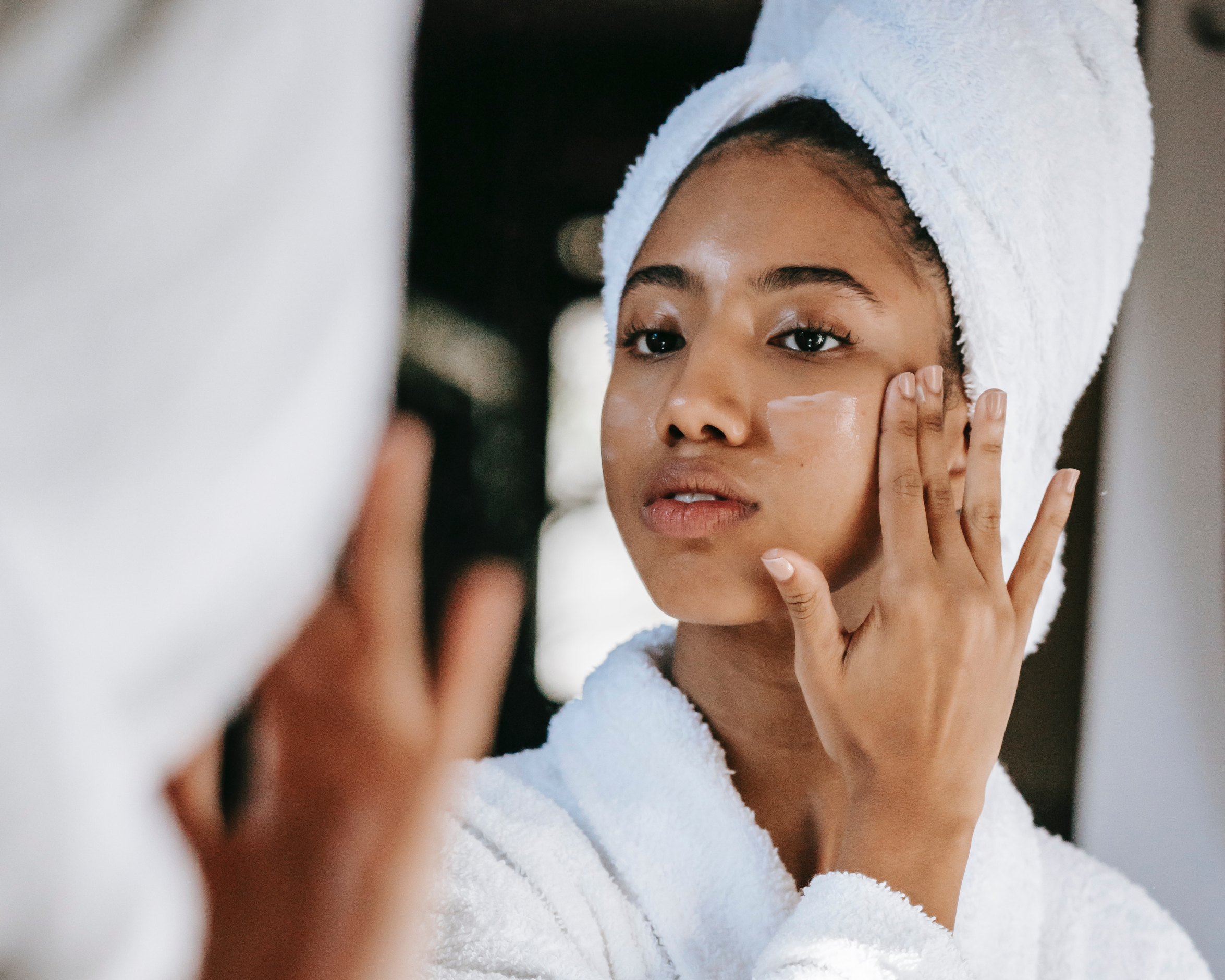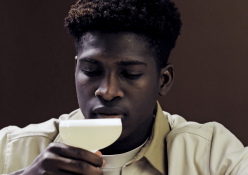For some, sun-kissed skin might bring with it a glowing tan, but for others the effects of this are not so glorious. And to be honest, most neglect to read the ‘care instructions’. They use the same skincare routine they use all year around, not adapting it for the rise in temperature and the harsh rays of the sun.
Basking in the extreme South African Summer Sun, for hours on end, could leave your skin feeling all sorts of ways — red, dry and flaky. However, knowing your skin type could prove to be valuable, but if you are like me and do not have the time to test ‘what works best’ stick to the basics.
Toning is the most overlooked step in any basic skincare routine. However, this is a crucial one. After using face-wash, make use of a toner to remove dirt and impurities. This would leave your skin feeling dryer than usually, however forms the base for the moisturiser that you would apply after. And if you have oiler skin, this would avoid your skin feeling and looking like an oil spill, after only being in the sun for a few mins.
They say, ‘moisturise twice daily’, but who has the time. And yes moisturising, should be one of the most important steps in your skin care routine, but finding the perfect moisturiser, with all the needed ingredients , is seemingly impossible. For combination skin, I would suggest using two products, one for the T zone and another for periphery, instead of a moisturiser that has claims to be for combination skin. I mean, would there ever be a moisturiser that could do everything you would like it to?
Sun Protection Factor (SPF) indicates the effectiveness for skin protection under the sun. Most moisturisers contain a limited amount of SPF, usually SPF15. This SPF number suggests the amount of time allowed playtime – the amount of time allowed in the sun – without reapplying, and is calculated mathematically. How daunting right? Your face would generally have direct contact with the sun and therefore it would be suggested that a higher SPF number should be worn.
Aftercare. Basking in the sun could have negative repercussions and, yes, prevention is better than cure. However, if your SPF does not protect against the sun make use of cooling moisturisers containing aloe vera or soy to help soothe your skin, moisturise while the skin is wet, take frequent cool baths or showers help to relieve the discomfort and replenish fluids to hydrate the body from the inside.
Photo by Sora Shimazaki from Pexels





